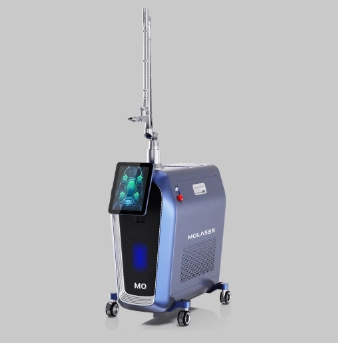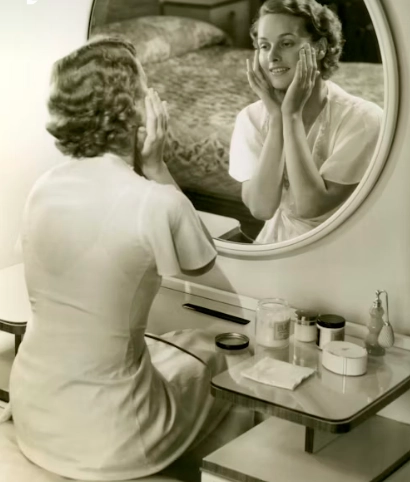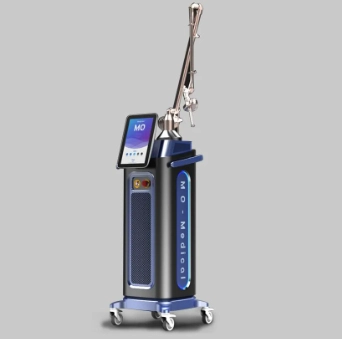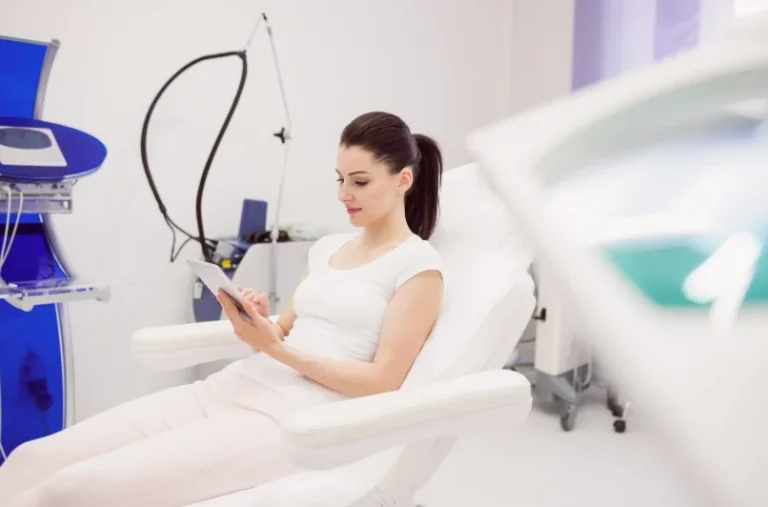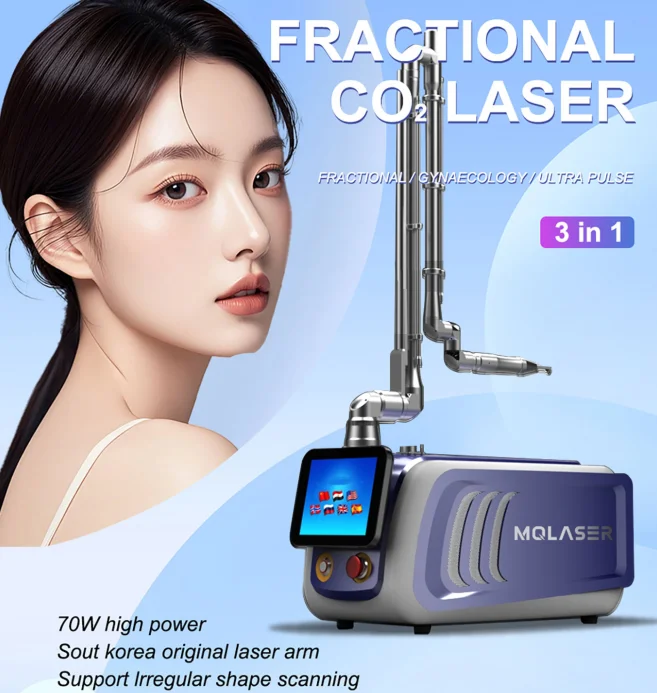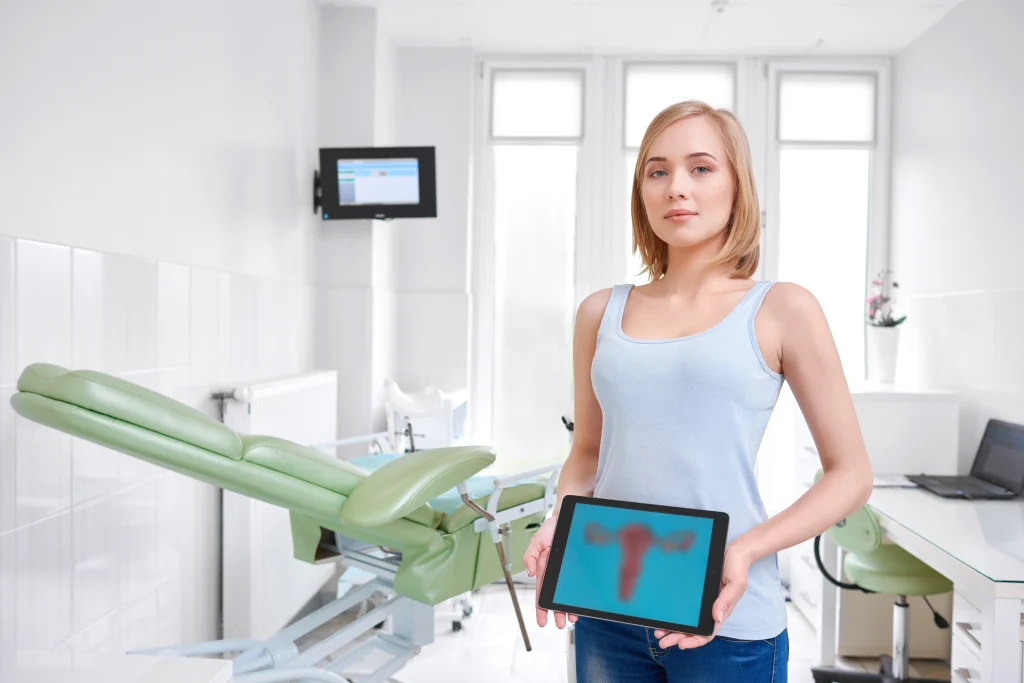
For many women, having vaginal dryness, irritation, or discomfort can feel awful, like living with sandpaper where things should be soft. These problems are more than just a bother. They can deeply harm one’s quality of life, self-worth, and close relationships. For doctors, it is very important to deal with these sensitive problems using solutions that work well and are dependable.
Understanding Genitourinary Syndrome of Menopause (GSM)
Feeling comfortable in your own body should be a basic right. It’s not a luxury. Yet, for millions of women with Genitourinary Syndrome of Menopause (GSM), that comfort often feels totally out of reach. GSM is a set of symptoms and signs linked to lower levels of estrogen and other hormones. These changes affect the labia, vagina, urethra, and bladder. Because it is so common and affects daily life so much, we need to fully understand its clinical signs.
Common Symptoms That Affect Daily Life
The signs of GSM can be different for each person, but together they cause a big drop in life quality. Patients might show up with vaginal dryness, burning, or itching. They may also have pain during intercourse (dyspareunia), a sudden need to urinate, or urinary tract infections that keep coming back. These symptoms can get in the way of normal activities. This includes everything from sitting to exercising to being intimate, which makes it a bigger problem than many people think.
Given that these symptoms last a long time, different treatments have been created over the years. It’s important to understand these older methods, and their limits, to see the value of newer tech advances.
Limitations of Conventional Methods
In the past, treatments for GSM included hormone therapies. For example, there were topical estrogen creams or system-wide hormone replacement therapy (HRT). There were also non-hormonal choices like lubricants and moisturizers. Hormone treatments work for some, but they may not be recommended or wanted for certain groups of patients. On the other hand, non-hormonal options usually give only short-term relief from symptoms. So, they must be put on often and don’t fix the underlying tissue changes. This gap in treatment has pushed for the use of energy-based technologies made to offer a longer-lasting solution.
Exploring Fractional CO2 Laser Technology
In the search for a better and more lasting treatment for GSM, fractional CO2 laser systems have come out as a major innovation. They have been used for a long time in dermatology and beauty medicine to make skin look younger. Their use in gynecology is a big step forward in non-surgical intimate wellness care. What’s more, it treats the root cause of GSM at a histological level.
How the Technology Works Without Clinical Complexity
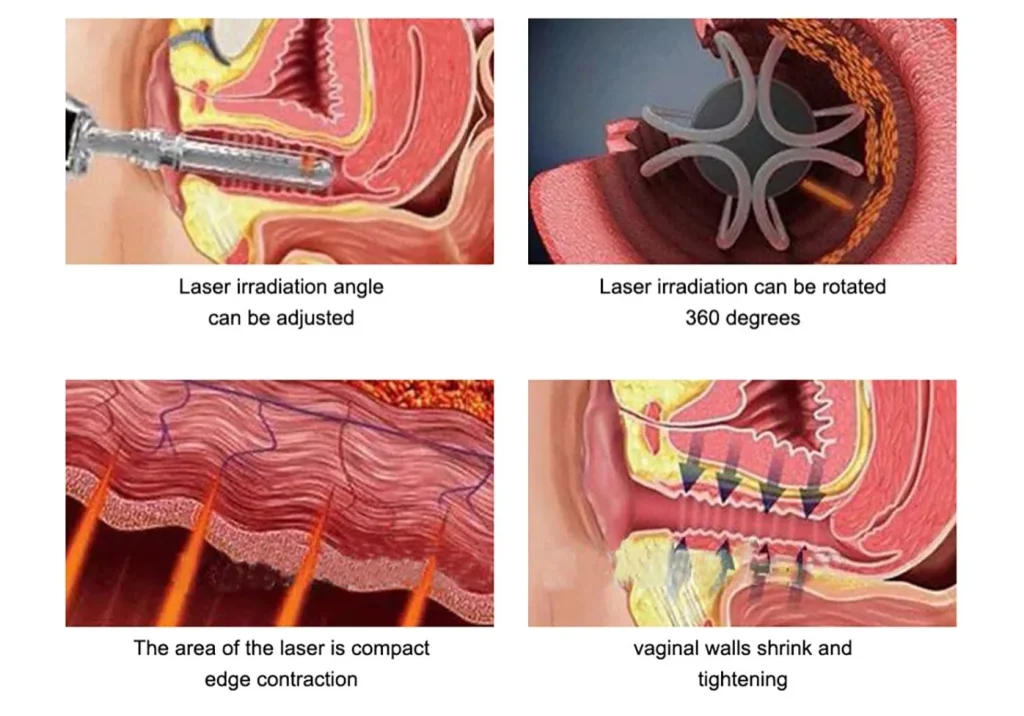
So, how does this technology work? It is focused on starting the body’s own natural healing processes. The system sends very precise, tiny columns of laser energy into the vaginal lining. This creates small areas of treatment while keeping the healthy tissue around each column safe. This process starts a healing chain that tells fibroblasts to make new collagen and elastin, a process known as neocollagenesis. The controlled heat also helps create new blood vessels, which improves blood flow to the tissue.
The result of this focused action is a total renewal of the vaginal tissue. This leads to a lot of clinical benefits that directly fight the symptoms of GSM.
Benefits of Fractional CO2 Laser for Intimate Wellness
By kickstarting collagen creation and bringing back moisture to the lining, fractional CO2 lasers help ease GSM symptoms. They do this with very little discomfort and recovery time. The treatment gives real results through a few outpatient visits that are quick and almost painless.
Improvements in Skin Texture and Elasticity in Intimate Areas
The treatment promotes neocollagenesis. This leads to clearly better elasticity and firmness in the vaginal tissues. This structural improvement gives better support and strength.
Enhanced Moisture Retention and Sensitivity Support
By helping the mucosal lining work normally again and improving blood flow, the treatment boosts natural lubrication. Because of this, patients often say they have more comfort during daily activities and intimacy after treatment.
Support for Overall Comfort and Confidence
In the end, the aim of any GSM treatment is to give a patient her quality of life back. Women who have this therapy often report feeling more confident. This is due to less irritation when moving or exercising and a new sense of sexual satisfaction.
The proven success of this technology brings doctors to the next big question: how to pick a specific system that is safe, reliable, and gives the best clinical results for their patients.
How to Choose a Reliable Treatment Solution
Choosing between treatment options depends on what a patient needs. But for a doctor or clinic owner, deciding which machine to buy needs careful thought about its technical details, safety approvals, and design. Since the clinical result is tied directly to the quality of the machine, it’s vital to know what to look for.
Factors to Consider When Choosing a Device or Provider
When looking at a fractional CO2 laser system for your practice, you must consider a few key things. This is to make sure you are getting a medical-grade, effective, and safe piece of equipment. First of all, look for FDA-cleared or CE-marked systems made just for gynecology use. Also, be sure the maker gives full training. Key machine features to check for include the ability to customize the scan shape, settings for different depths, and control over the beam spot density.
This brings us to a trusted partner in the beauty and medical device field, known for its dedication to these very standards.
Introducing MQLASER: A Trusted Partner in Beauty Device Innovation
When choosing a device maker for GSM treatment with fractional lasers, being reliable is as important as being new. A provider’s history, engineering skill, and focus on quality are all key.
About MQLASER’s Expertise Since 2010
Since 2010, MQLASER has worked hard to develop and design fractional laser control systems. We mix high-quality motors with simple user screens, supported by over ten years of top R&D work. Our goal has always been to deliver accuracy, safety, and excellent clinical results.
Our deep experience has led to the creation of a device built just to meet the tough needs of gynecological uses.
Highlighting the DEPPLUS® Stationary Fractional CO2 Laser

The DEPPLUS® model shows the best of our engineering. It has a 7-joint flexible arm with up to 360° rotation. This offers the most flexibility during procedures. It comes with special treatment modes like Fractional, Pulse, and a Gynae mode. This last mode is made just for intimate wellness uses, such as vaginal wall tightening and collagen rebuilding. Thus, this makes it a perfect system for any practice offering GSM treatment.
Commitment to Quality, Innovation, and Global Support
Our commitment to being the best is shown by our CE, FDA, and ISO 13485 certifications. We make sure our products meet the highest world standards. At the same time, they remain easy to use in markets all over the world. This is supported by screens in multiple languages and full training programs.
Summary of Effectiveness and Considerations
In short, fractional CO2 lasers are a breakthrough in non-surgical GSM treatment options. They mix science-backed success with patient-focused design ideas that put comfort first without sacrificing results.
Key Takeaways on Results from Using Fractional CO2 Laser
The laser light is sent out in a scanning fractional pattern. This ability to trigger collagen neogenesis provides relief from symptoms. Besides that, it also offers long-term tissue repair. This powerful combination is something that topical treatments alone cannot match.
Who Might Benefit Most from This Treatment Option
Women who have medium-to-severe symptoms of GSM and who want drug-free methods may benefit a lot. This technology-driven solution is also a great choice for those for whom regular therapies are not advised or have not worked.
FAQs
Q1: Does fractional CO2 laser hurt during vaginal treatments?
A: Most patients say the feeling is a little warm instead of painful. The procedure is easy to handle without anesthesia. This is because advanced scanner systems send energy exactly where it’s needed, using comfortable handpieces made just for gynecology use.
Q2: How long do results last after GSM treatment using fractional lasers?
A: Many women feel better after just one session. However, the best results often need three treatments set weeks apart. This is followed by a yearly maintenance session, depending on how bad the symptoms are and if they return.
Q3: What is the recovery process like, and are there any side effects?
A: Recovery is typically very quick with minimal downtime. Most women can return to their normal daily routines right after the procedure. It is generally recommended to avoid sexual intercourse, hot baths, and strenuous exercise for a few days to allow the treated tissue to heal properly. Side effects are usually mild and temporary, including slight redness, swelling, or a watery discharge, which typically resolve within a couple of days.

